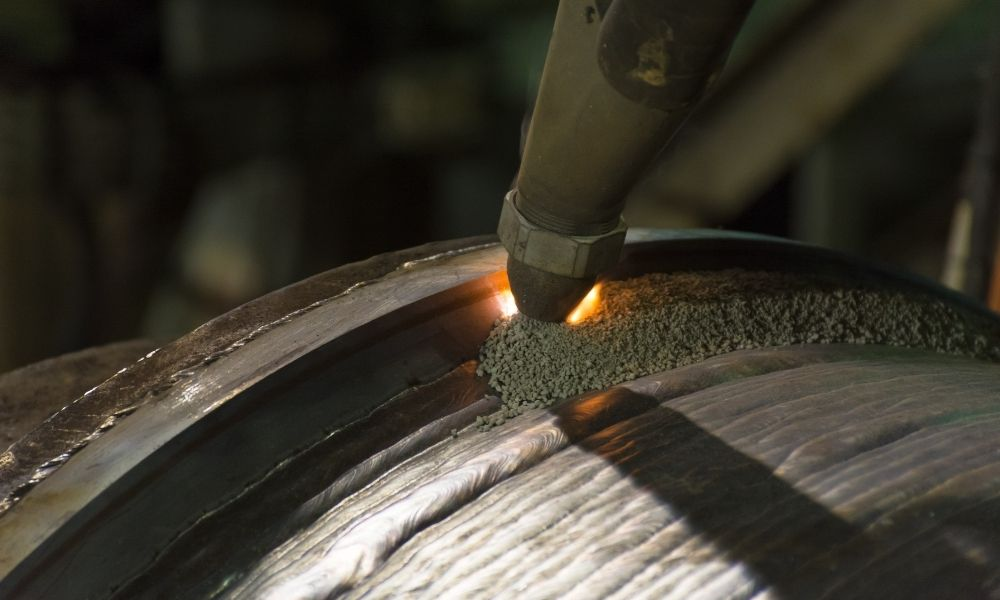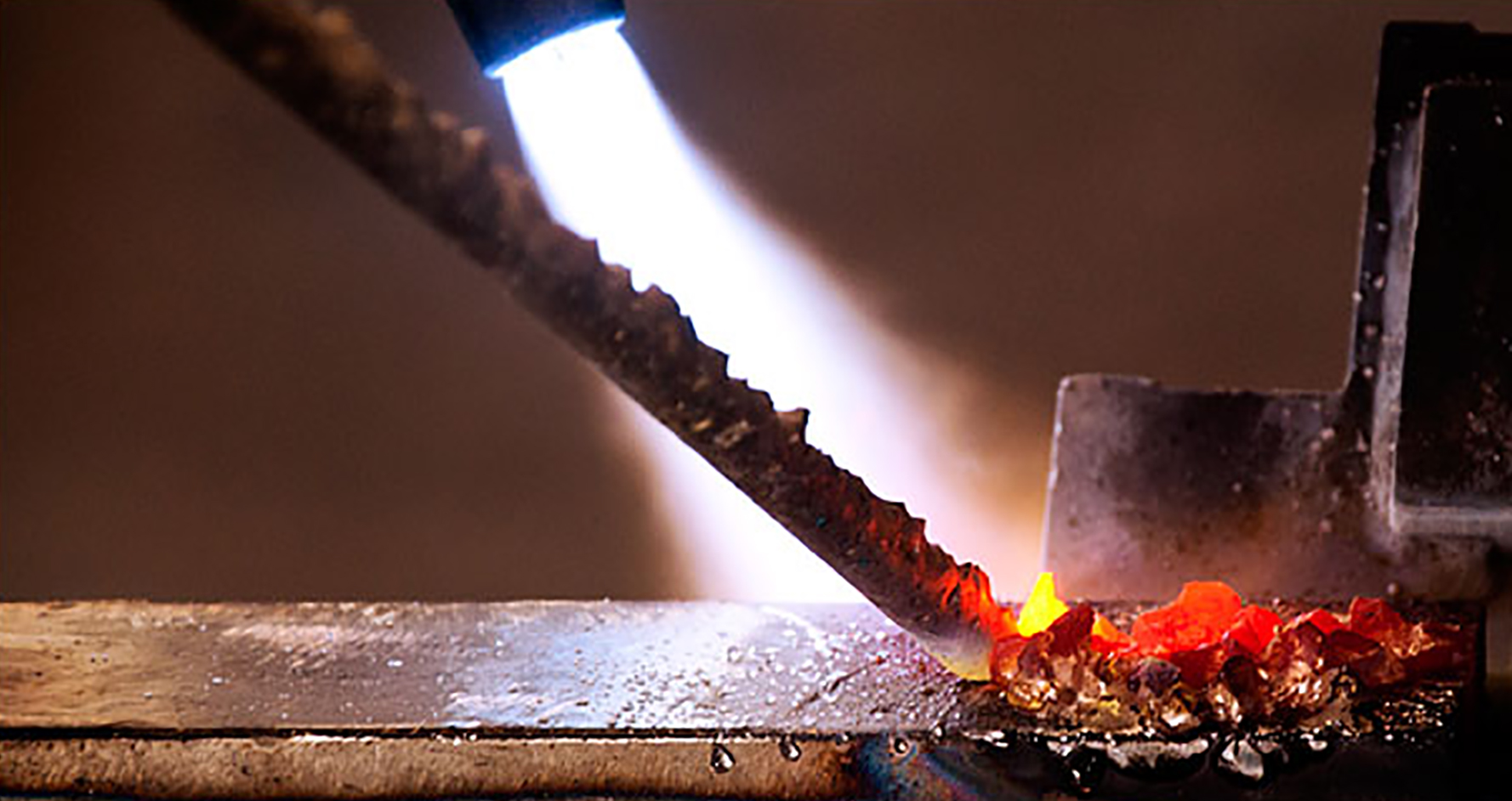Difference between Overlay Welding and Hard Facing?
Difference between Overlay Welding and Hard Facing

Overlay welding and hard facing are two commonly used techniques in the industry for improving the durability and wear resistance of components subjected to harsh operating conditions. While both processes aim to enhance the surface properties of a material, there are distinct differences in their application, materials used, and the resulting properties. In this article, we will explore the dissimilarities between overlay welding and hard facing in terms of process, materials, and their respective advantages and limitations.
What is Overlay Welding
Overlay welding, also known as cladding or surfacing, involves depositing a layer of compatible material onto the surface of a base metal. This is achieved through processes such as submerged arc welding (SAW), gas metal arc welding (GMAW), or plasma transfer arc welding (PTAW). The overlay material is chosen based on its compatibility with the base metal and the desired surface properties.

Materials Used in Overlay Welding:
1. Weld Overlay: In this technique, the overlay material is typically a weld filler metal, which can be a low-carbon steel, stainless steel, or nickel-based alloy. The weld overlay material is selected based on its corrosion resistance, wear resistance, or high-temperature properties.
Advantages of Overlay Welding:
1. Versatility: Overlay welding allows for a wide range of materials to be used for surface modification, offering flexibility in tailoring the overlay properties according to specific requirements.
2. Cost-Effective: Overlay welding provides a cost-effective solution for improving the surface properties of components, as only a relatively thin layer of expensive material is applied onto the base metal.
3. Repair Capability: Overlay welding can also be used for repairing damaged or worn-out surfaces, extending the service life of components.
Limitations of Overlay Welding:
1. Bond Strength: The strength of the bond between the overlay material and the base metal can be a concern, as inadequate bonding may result in delamination or premature failure.
2. Limited Thickness: Overlay welding is typically limited to a few millimeters of thickness, making it less suitable for applications requiring thicker layers of enhanced surface properties.
3. Heat-Affected Zone (HAZ): The heat input during overlay welding can lead to the formation of a heat-affected zone, which may exhibit different properties than the overlay and base materials.
What is Hard Facing
Hard facing, also known as hard surfacing or build-up welding, involves applying a wear-resistant layer to the surface of a component to improve its resistance to abrasion, erosion, and impact. This technique is typically used when the primary concern is wear resistance.

Materials Used in Hard Facing:
1. Hard-Facing Alloys: Hard-facing materials are alloys typically consisting of a base metal (such as iron) and alloying elements such as chromium, molybdenum, tungsten, or vanadium. These alloys are chosen for their exceptional hardness and wear resistance.
Advantages of Hard Facing:
1. Superior Hardness: Hard-facing materials are selected for their exceptional hardness, which allows components to withstand abrasive wear, impact, and high-stress applications.
2. Wear Resistance: Hard facing significantly improves the surface's wear resistance, extending the service life of components in harsh operating conditions.
3. Thickness Options: Hard facing can be applied in layers of varying thickness, allowing for precise control over the amount of wear-resistant material added.
Limitations of Hard Facing:
1. Limited Versatility: Hard-facing materials are primarily aimed at wear resistance and may not possess desirable corrosion resistance, high-temperature properties, or other specific characteristics required in certain applications.
2. Cost: Hard-facing alloys tend to be more expensive compared to overlay welding materials, potentially increasing the cost of surface modifications.
3. Difficult Repair: Once a hard-facing layer is applied, it can be challenging to repair or modify the surface, as the high hardness of the material makes it less weldable.
Conclusion:
Overlay welding and hard facing are distinct surface modification techniques used to enhance the wear resistance and durability of components. Overlay welding provides versatility and cost-effectiveness, allowing for a wide range of options in overlay materials. It is suitable for applications requiring corrosion resistance, wear resistance, or improved high-temperature properties. In contrast, hard-facing focuses primarily on wear resistance, employing alloys with exceptional hardness. It is ideal for applications subjected to significant abrasion, erosion, and impact. Understanding the specific requirements of the application and the desired surface properties is key in selecting the appropriate technique for achieving the desired results.





















